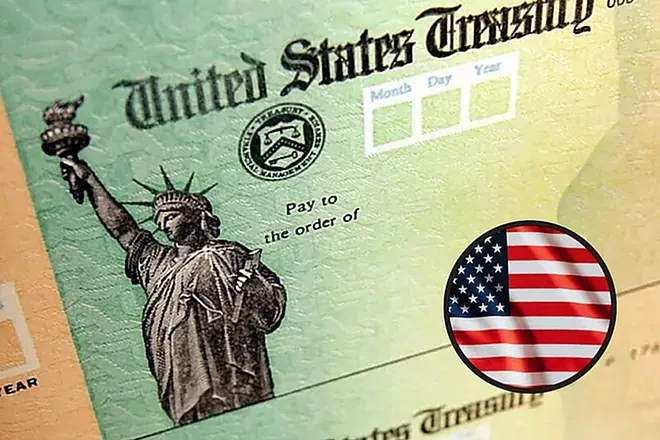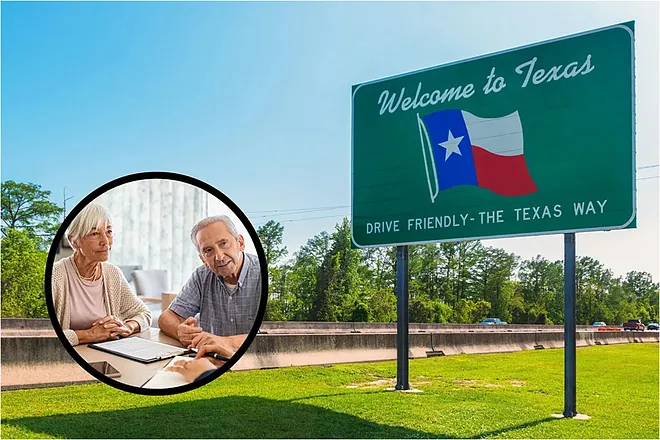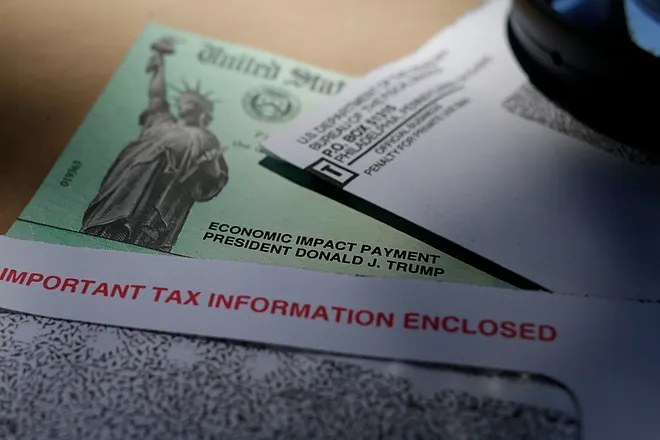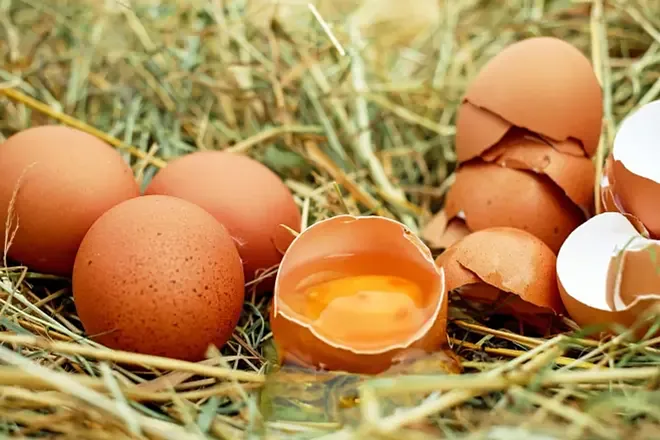As summer winds down and household budgets tighten, many U.S. residents are watching closely for state-level stimulus payments and other relief programs rolling out in September 2025.

Unlike the federal pandemic-era stimulus checks, these payments vary by state and are tied to programs like tax relief credits, guaranteed income pilots, and permanent fund dividends. For families and retirees alike, knowing when money is coming can make the difference between stress and stability.
This guide breaks down which states are sending out checks, how much you could receive, who qualifies, and when payments are scheduled.
Why States Are Issuing Stimulus Payments in 2025
Before jumping into the details, here’s some context on why states are still sending out payments:
- Inflation pressures remain, especially on food, housing, and fuel.
- Some states set aside budget surpluses to support residents.
- Local governments are testing guaranteed income pilots to measure long-term impacts.
- Alaska continues its unique Permanent Fund Dividend (PFD), tied to oil revenues.
- Programs like New York’s STAR reduce the property tax burden for homeowners.
The result is a patchwork of relief—different programs, different timelines, and very different amounts.
States Sending Stimulus Payments in September 2025
| State | Program | Payment Range | Key September Date(s) |
|---|---|---|---|
| New York | School Tax Relief (STAR) | $350–$1,500 | Rolling with school tax deadlines |
| Alaska | Permanent Fund Dividend (PFD) | $1,702 | Sept 11 (next wave) |
| California | Local Guaranteed Income Pilots (e.g. Sacramento) | $725–$850 monthly | Sept 1 (first payments for some pilots) |
New York: School Tax Relief (STAR) Program
What is STAR?
The School Tax Relief (STAR) program helps New York homeowners offset property taxes. It isn’t a one-time stimulus, but many see it as a cash equivalent check that frees up household budgets.
There are two versions of STAR:
- Basic STAR: For most homeowners, depending on income.
- Enhanced STAR: For seniors aged 65+ with moderate incomes.
How Much Will New Yorkers Receive?
- Basic STAR: $350–$600
- Enhanced STAR: $700–$1,500
Amounts depend on your school district and local tax rates.
Who Qualifies?
- Own and live in a primary residence in New York.
- Meet income limits:
- Basic: Household income below $250,000.
- Enhanced: At least one owner 65+; income cap around $98,700 (2025 figure).
Payment Timing
- STAR benefits are applied as credits against school property taxes.
- For those set up with direct checks instead of credits, payments are mailed or deposited around school tax due dates.
- In September 2025, many homeowners in counties with September due dates will see their STAR benefit arrive.
Why It Matters
For seniors on fixed incomes, the Enhanced STAR is effectively a mini stimulus check—sometimes more than $1,000—just in time for fall bills.
Alaska: Permanent Fund Dividend (PFD)
What is the PFD?
The Alaska Permanent Fund Dividend is a unique program where oil revenue is invested, and annual earnings are distributed to residents. It’s been running since 1982, making it one of the most consistent “stimulus” programs in the U.S.
2025 Payment Amount
- The 2025 PFD is $1,702, which includes an energy relief supplement.
Who Qualifies?
Residents must meet all of the following:
- Lived in Alaska for the entire year of 2024.
- Intend to remain in Alaska indefinitely.
- Cannot claim residency in another state or country.
- No felony convictions in 2024 (certain misdemeanors can also disqualify).
- Cannot have been outside Alaska for more than 180 days, except for approved reasons (education, health care, military service).
September 2025 Payment Schedule
- September 11, 2025: Payment wave for applicants marked “Eligible–Not Paid” by September 3.
- October 2 and October 23: Additional waves for later approvals.
Why It Matters
At $1,702, Alaska’s PFD is the largest direct cash payment arriving this September. For many households, it covers groceries, heating oil, or part of a mortgage.
California: Guaranteed Income Pilots
Unlike New York and Alaska, California doesn’t have a statewide stimulus in September 2025. Instead, it’s experimenting with local guaranteed income pilots. These provide monthly checks to specific groups, often low-income families or young parents.
Sacramento Programs
Two key initiatives are running in Sacramento County right now:
1. Creative Growth Fellowship
- Amount: $850/month
- Duration: 12 months
- Who Qualifies: Artists and creative workers in select zip codes.
- Start Date: September 1, 2025 (first payments issued).
2. Family First Program
- Amount: $725/month
- Duration: 24 months (through November 2025)
- Who Qualifies:
- Parent or guardian of a child aged 0–5.
- Must live in zip codes 95815, 95821, 95823, 95825, 95828, 95838.
- Household income below 200% of the federal poverty level.
Why It Matters
These pilots are small in scope (hundreds of families, not millions), but they represent a growing trend toward universal basic income (UBI) testing. For participants, $725–$850 a month is life-changing, especially in California’s high-cost housing market.
How These Payments Compare
Here’s a side-by-side look at how September 2025 programs stack up:
| Program | State | Avg. Payment | Scope |
|---|---|---|---|
| STAR (Enhanced) | New York | $700–$1,500 | Homeowners, mostly seniors |
| PFD | Alaska | $1,702 | Nearly all state residents |
| Family First | California (Sacramento) | $725/month | 200 families in targeted zip codes |
| Creative Growth | California (Sacramento) | $850/month | Small group of artists |
Practical Tips for Residents
If you live in one of these states, here’s what to do:
For New Yorkers
- Check the STAR Credit Lookup Tool on the NYS Tax website.
- Verify whether you’re enrolled for a credit or check.
- If you’re 65+, double-check if you qualify for Enhanced STAR.
For Alaskans
- Track your status at the PFD Division website.
- Ensure your bank info is correct to avoid mailed check delays.
- If your application still says “Eligible–Not Paid,” watch for the Sept 11 release.
For Californians
- Visit local county sites for pilot program updates.
- If you didn’t apply by deadlines earlier this year, you can’t join now—but knowing about these pilots helps prepare for future opportunities in 2026 and beyond.
Broader Trends in State Stimulus
Looking beyond September 2025, a few trends stand out:
- Targeted relief is replacing blanket checks. States prefer to support seniors, families with young children, or low-income earners rather than issue universal payments.
- Guaranteed income pilots are gaining traction. California leads, but cities in Illinois, Minnesota, and New Jersey are testing similar programs.
- Property tax relief is emerging as indirect stimulus. Like STAR in New York, some states are experimenting with tax credits rather than cutting direct checks.
- Energy costs remain a driver. Alaska’s PFD includes an energy relief boost—similar measures may reappear in northern states if fuel prices spike this winter.
Frequently Asked Questions
Are these payments the same as federal stimulus checks?
No. The federal government hasn’t issued a universal stimulus since 2021. These are state-level programs with different rules and funding sources.
Will more states issue payments later in 2025?
Yes. Some, like Minnesota and New Jersey, have scheduled tax rebate or relief credits in late 2025. Watch for updates in October and November.
Do you have to apply for these benefits?
- New York STAR: Most homeowners are automatically enrolled, but some must register.
- Alaska PFD: Residents must apply each year between January and March.
- California pilots: Applications closed earlier in 2025; future rounds may open.
What about SSI or Social Security payments?
Those are separate federal benefits. Some recipients may get cost-of-living adjustments (COLA) in 2026, but they’re not linked to these state programs.
In September 2025, millions of Americans will see some form of relief:
- New Yorkers get school tax credits worth hundreds.
- Alaskans receive a hefty $1,702 check.
- Californians in select programs get monthly income support.
The pattern is clear: no blanket federal checks, but state programs stepping in with targeted help.
For households struggling with rising costs, these programs may not solve everything—but they’re a reminder that states still have levers to pull. And if trends continue, guaranteed income pilots could expand into broader policy by the late 2020s.







